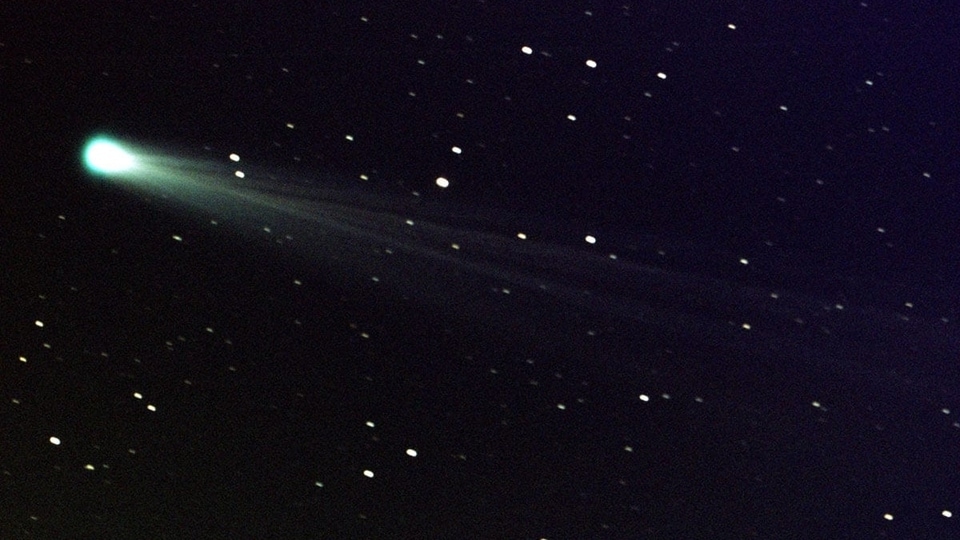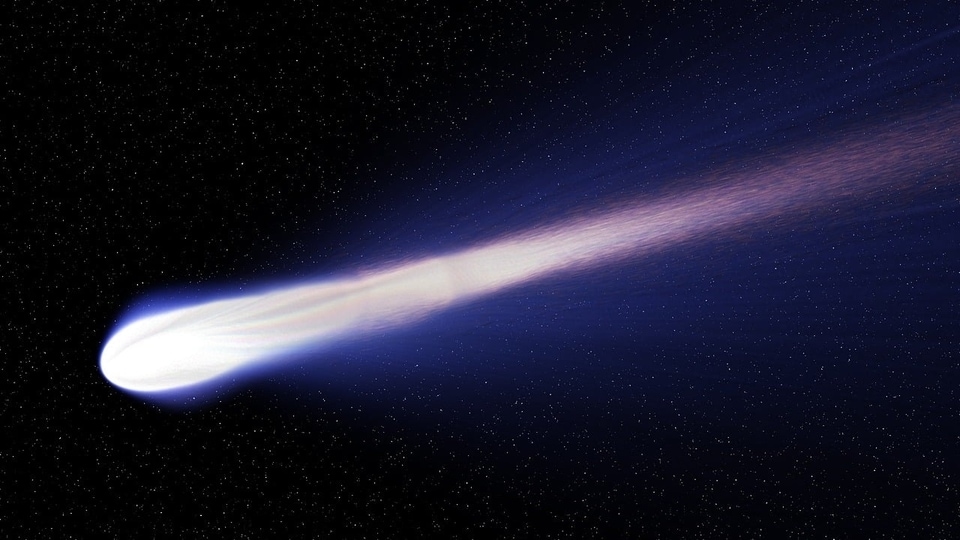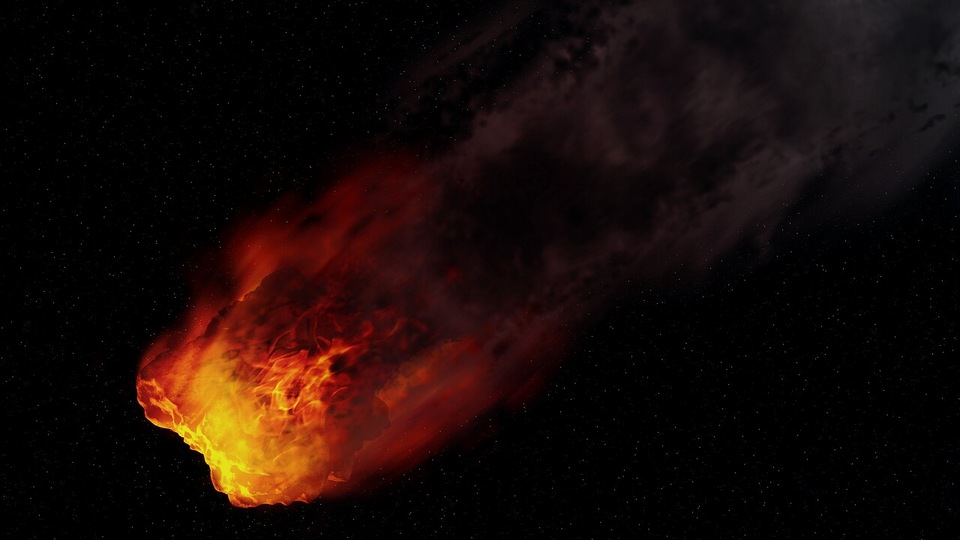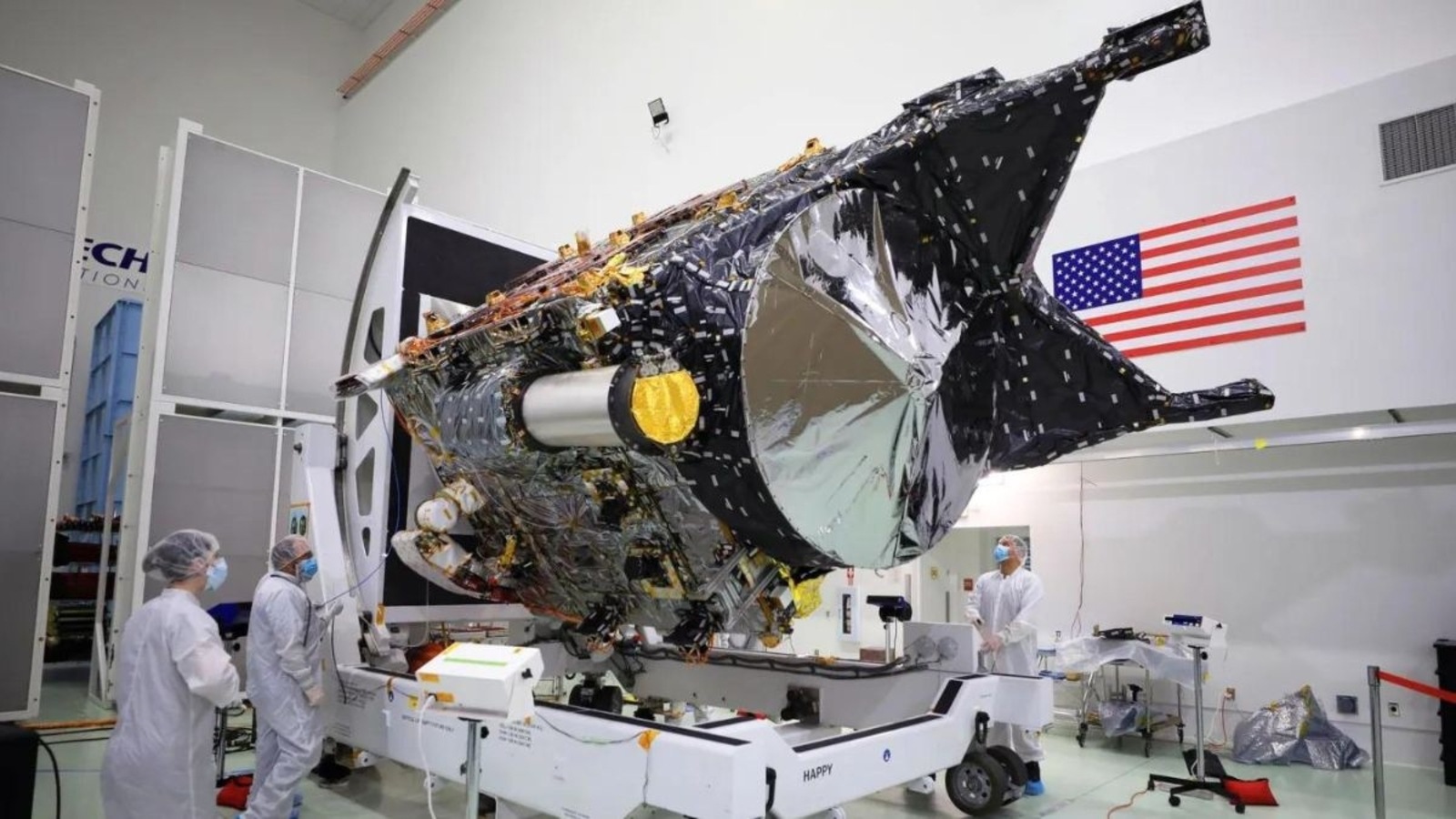Breakthrough! NASA's laser: Deep space communication hits unprecedented distance
NASA's DSOC experiment achieves a historic milestone, beaming data via laser over a record-breaking distance, marking a transformative leap in deep space communication technology.






 View all Images
View all ImagesNASA's groundbreaking Deep Space Optical Communications (DSOC) experiment has shattered records, achieving "first light" by successfully transmitting data via laser over an astounding distance of nearly 10 million miles (16 million km). This achievement, approximately 40 times farther than the Moon's distance from Earth, signals a transformative leap in deep space communication technology.
DSOC Sets a New Standard
Part of the recently launched Psyche spacecraft, the DSOC experiment utilised a near-infrared laser loaded with test data to communicate with the Hale Telescope at Caltech's Palomar Observatory in California. This milestone sets a new record for optical communications, positioning DSOC as a game-changing technology for deep space communication, according to NASA.
First Light on November 14
The historic "first light" moment occurred on November 14 when DSOC's flight laser transceiver, located on Psyche, successfully locked onto an uplink laser beacon transmitted from the Optical Communications Telescope Laboratory at JPL's Table Mountain Facility near Wrightwood, California. Simultaneously, test data was sent via the uplink and downlink lasers, a critical step known as "closing the link," a primary objective for the experiment.
Psyche Mission and DSOC's Crucial Role
DSOC aims to send high-bandwidth test data to Earth during its two-year technology demonstration while the Psyche spacecraft travels to the asteroid belt between Mars and Jupiter. This achievement is a vital step towards enabling high-data-rate communications crucial for future space exploration, including human missions to Mars, as per NASA's statement.
High-Bandwidth Data Transmission
DSOC's primary goal is to demonstrate data transmission rates 10 to 100 times greater than current state-of-the-art radio frequency systems used by spacecraft. This advancement holds promise for transmitting scientific information, high-definition imagery, and streaming video, significantly contributing to future human missions to Mars.
NASA's Perspective on DSOC
Trudy Kortes, Director of Technology Demonstrations at NASA Headquarters, stated, "Achieving first light is one of many critical DSOC milestones paving the way toward higher-data-rate communications capable of sending scientific information, high-definition imagery, and streaming video in support of humanity's next giant leap: sending humans to Mars."
DSOC Breakthrough Ushers in a New Era
NASA views the DSOC experiment as a monumental leap in space communication technology, opening new possibilities for data-intensive missions and supporting the vision of sending humans to Mars. This successful test marks the beginning of a transformative era in deep space communication, promising more discoveries and advancements in space exploration.
Catch all the Latest Tech News, Mobile News, Laptop News, Gaming news, Wearables News , How To News, also keep up with us on Whatsapp channel,Twitter, Facebook, Google News, and Instagram. For our latest videos, subscribe to our YouTube channel.





























